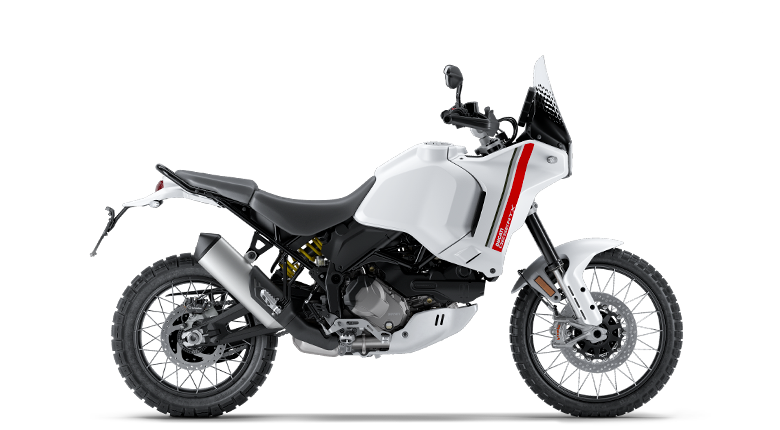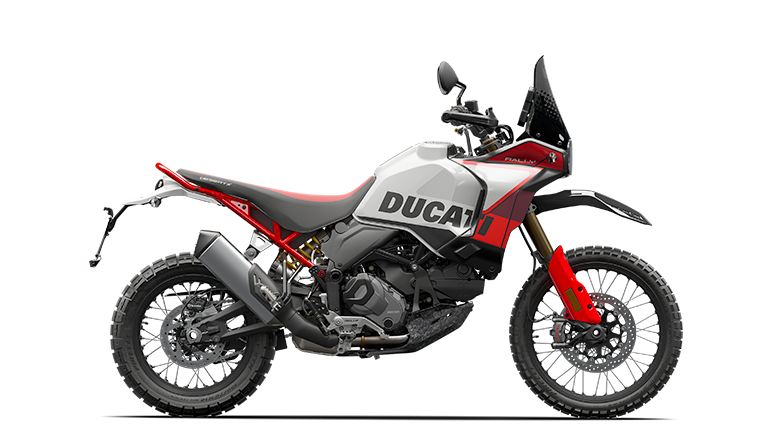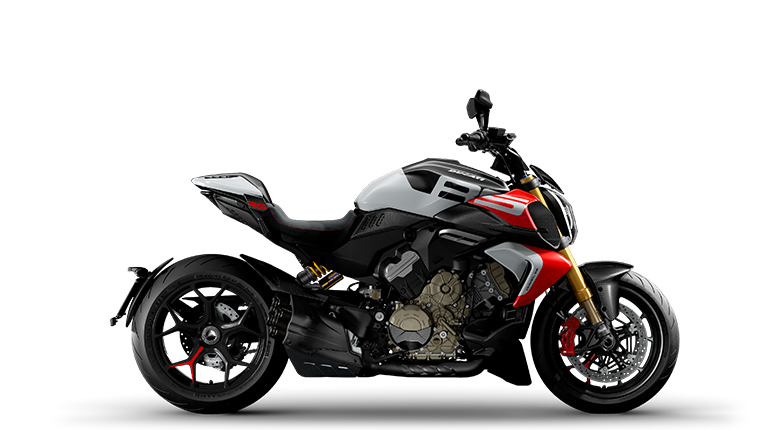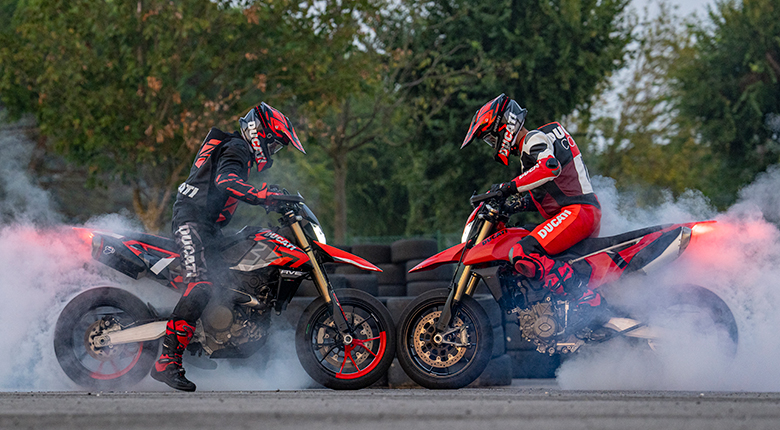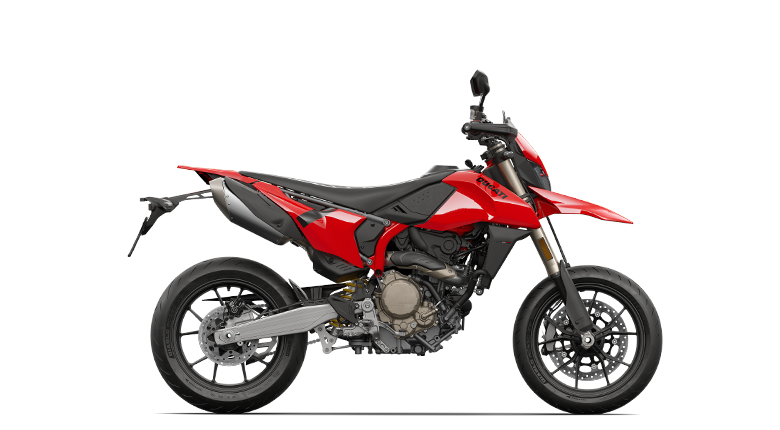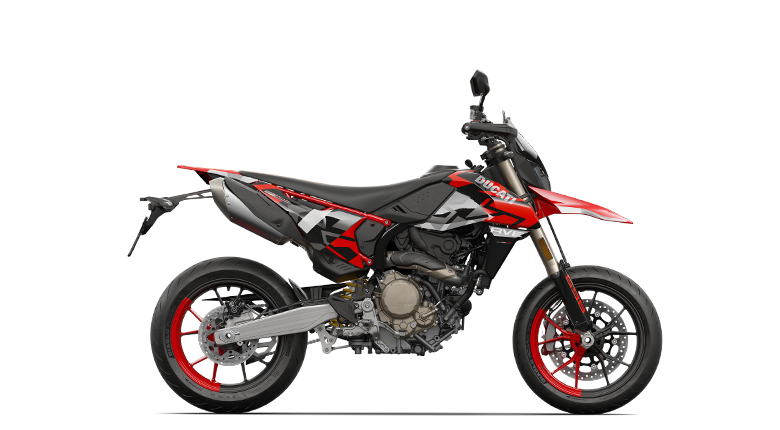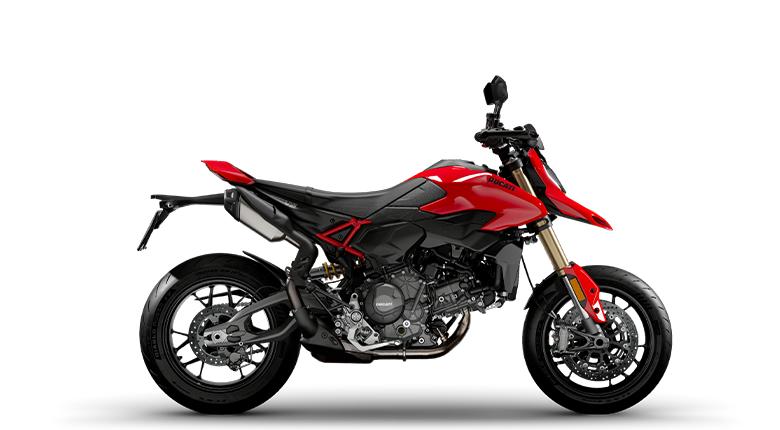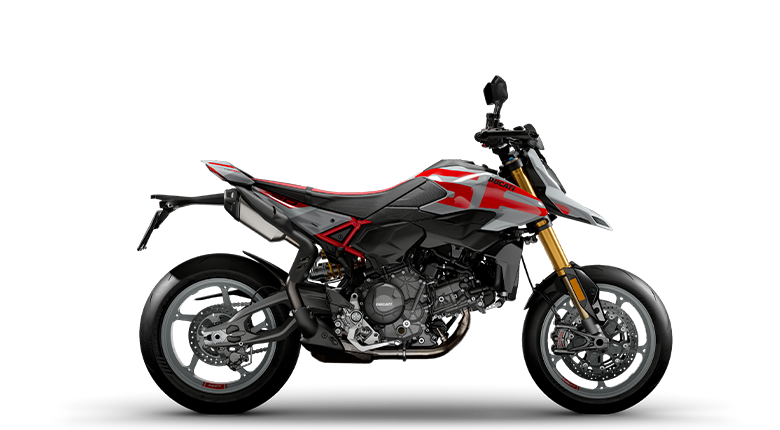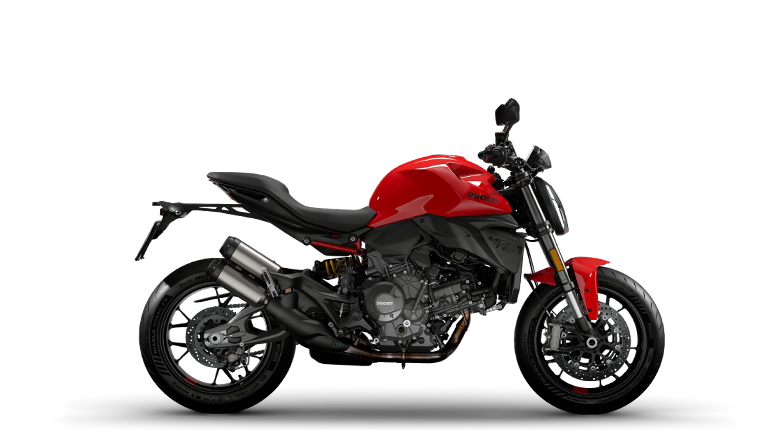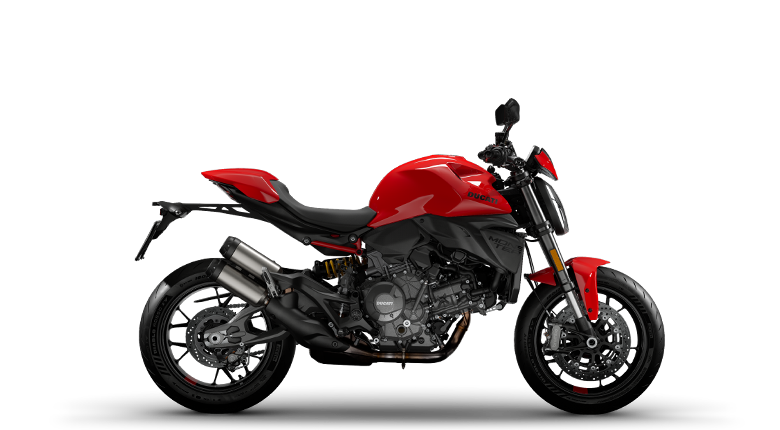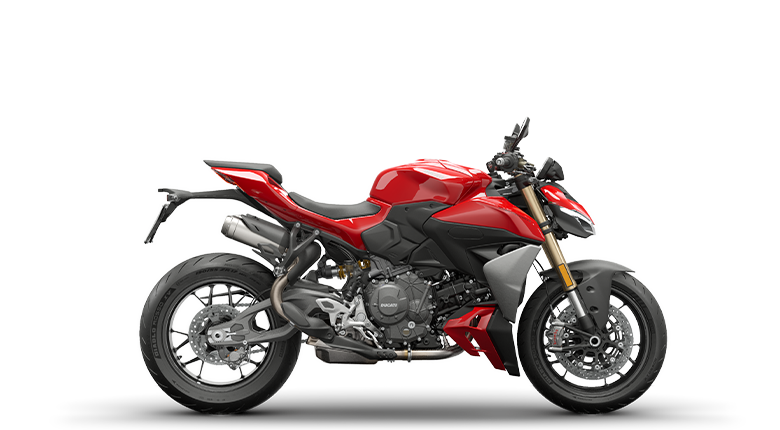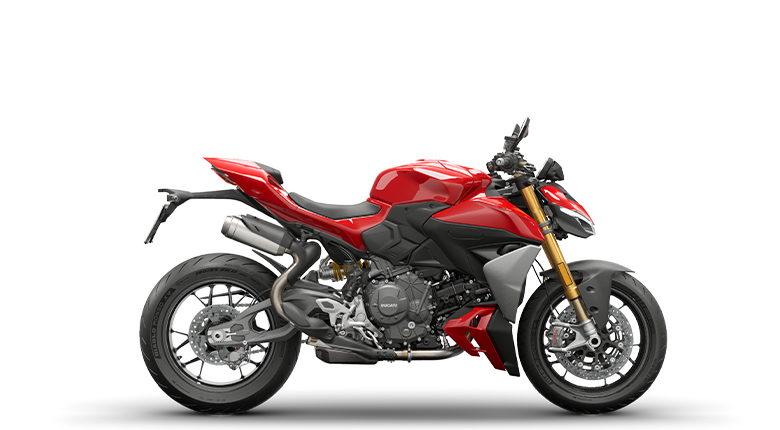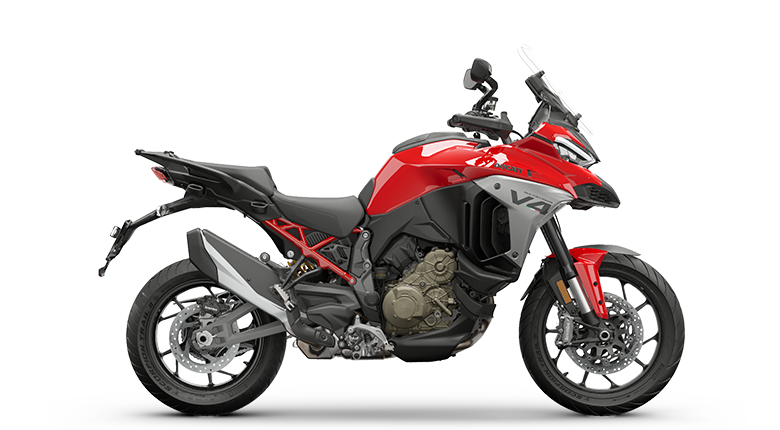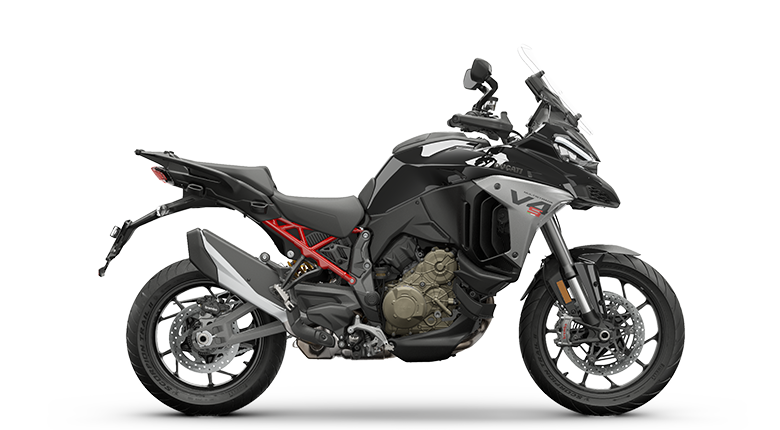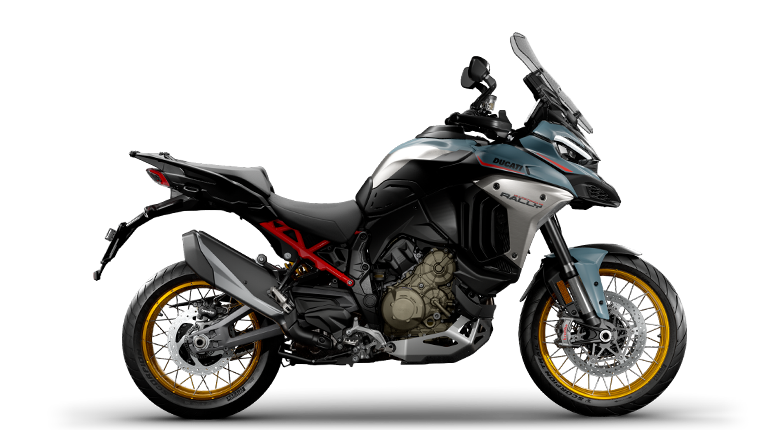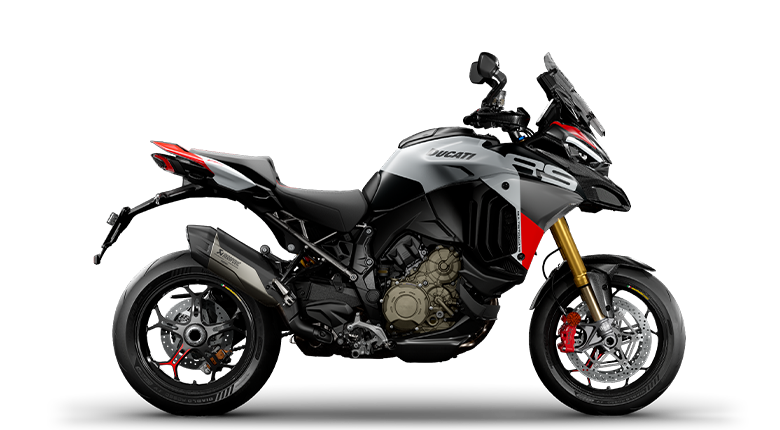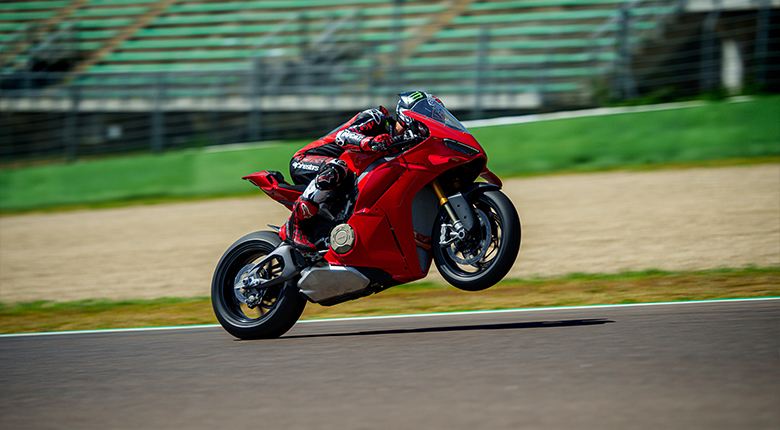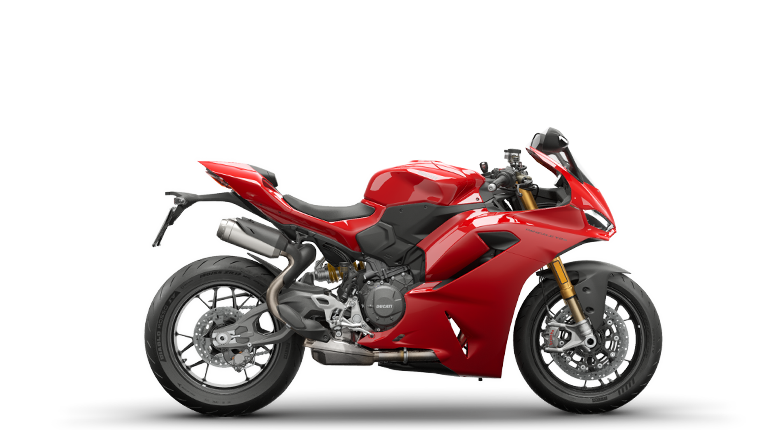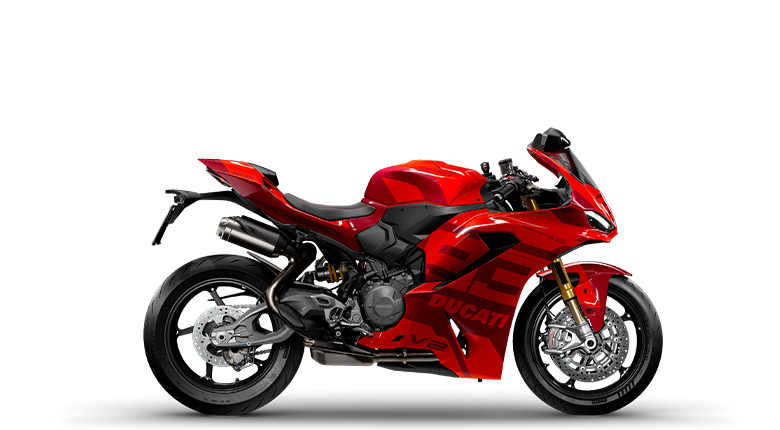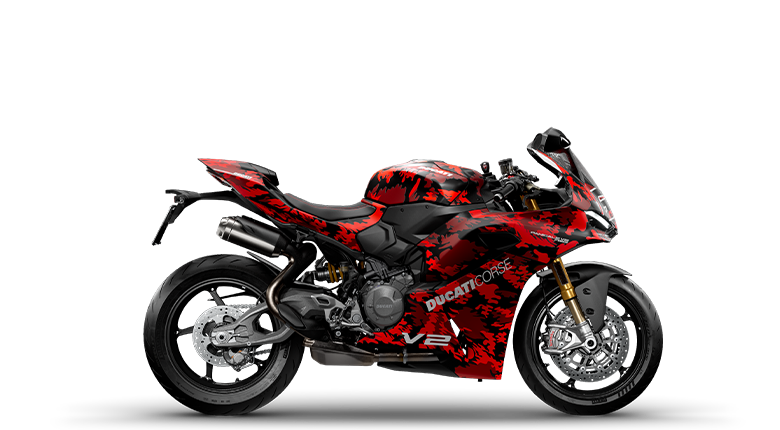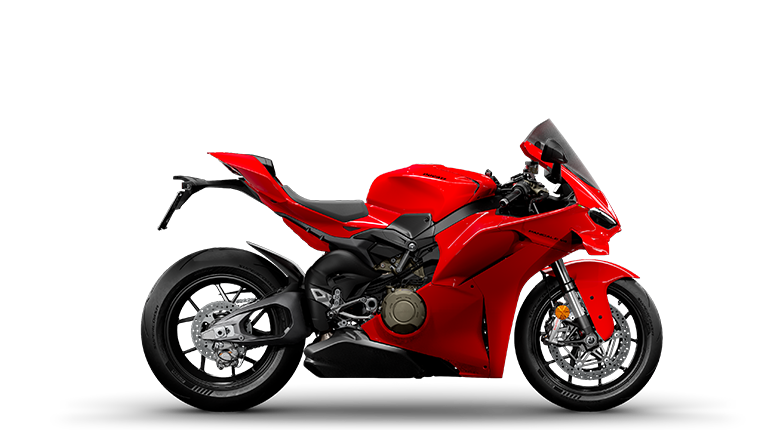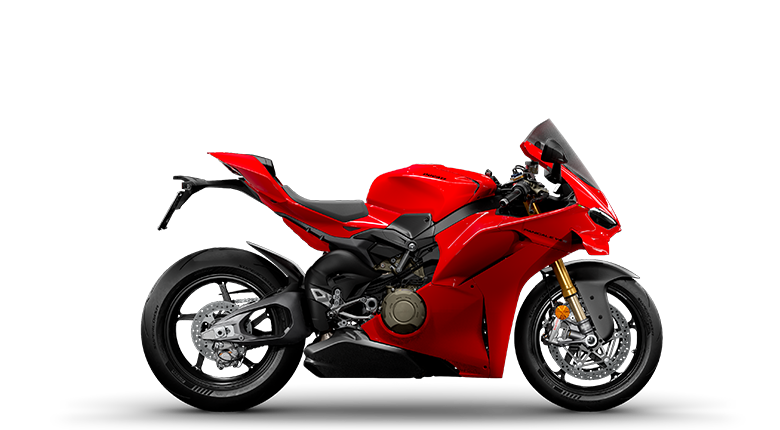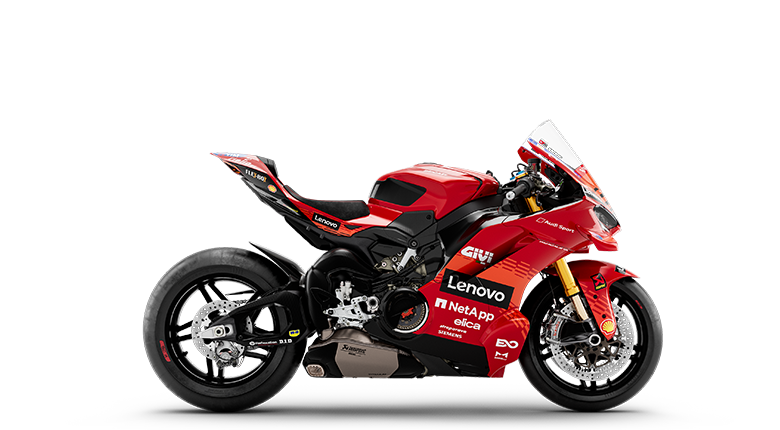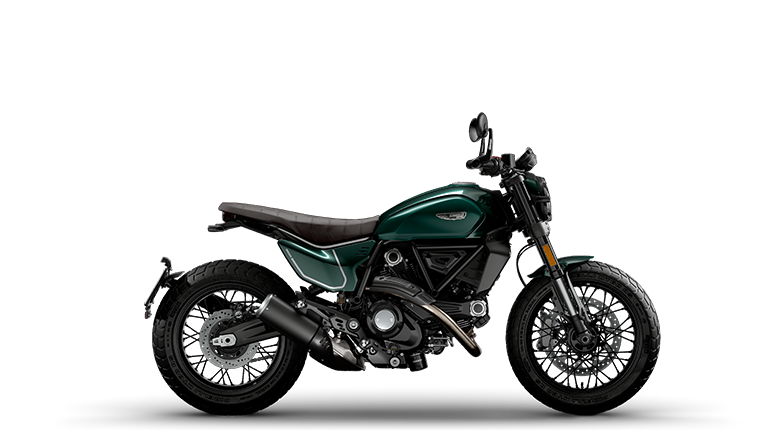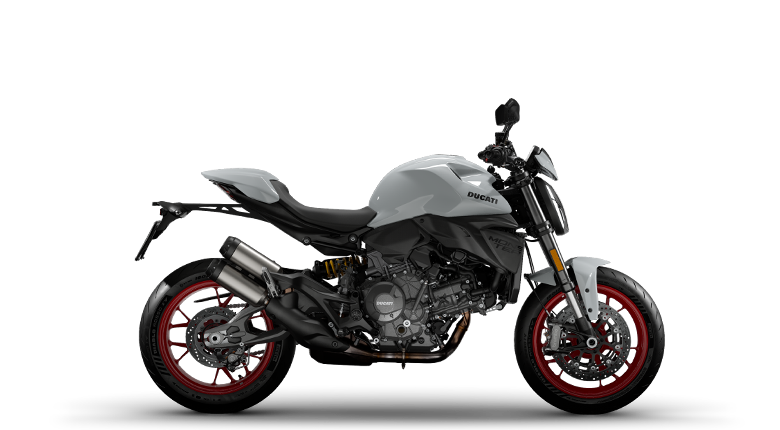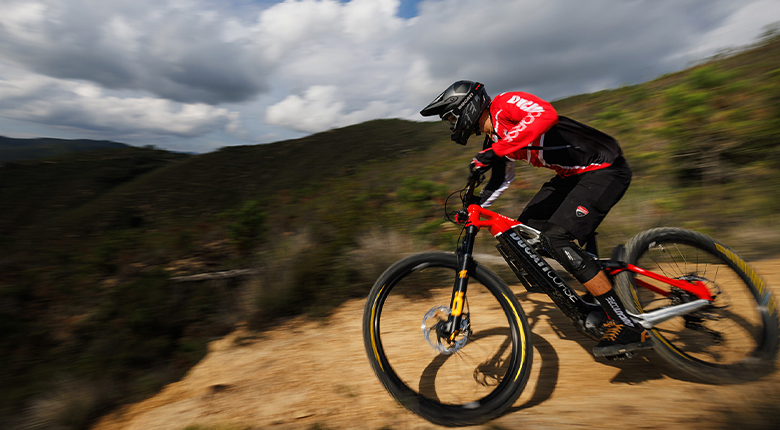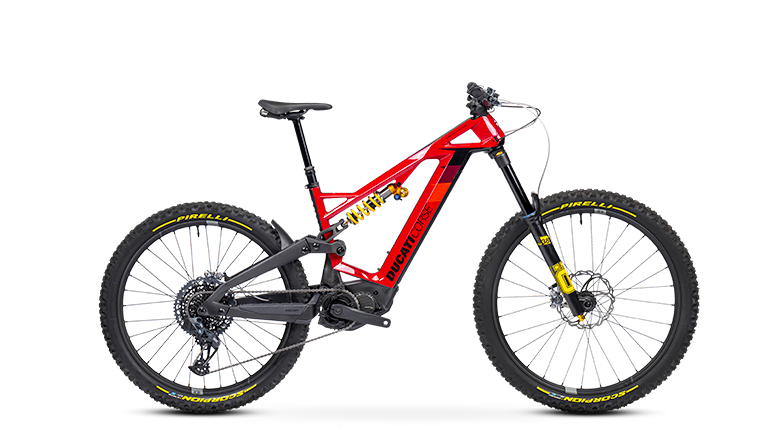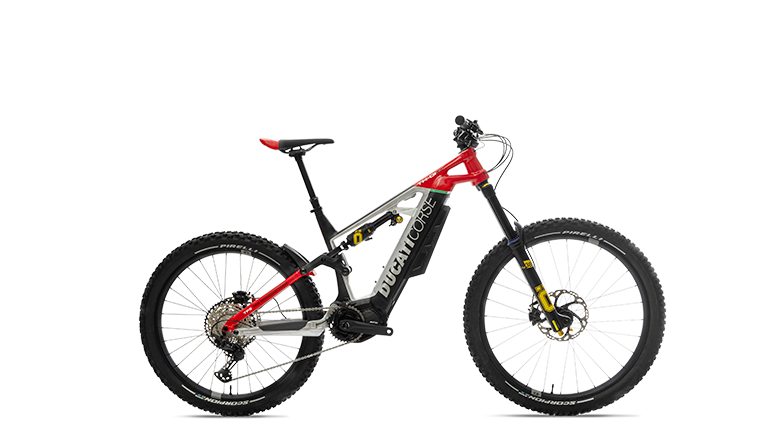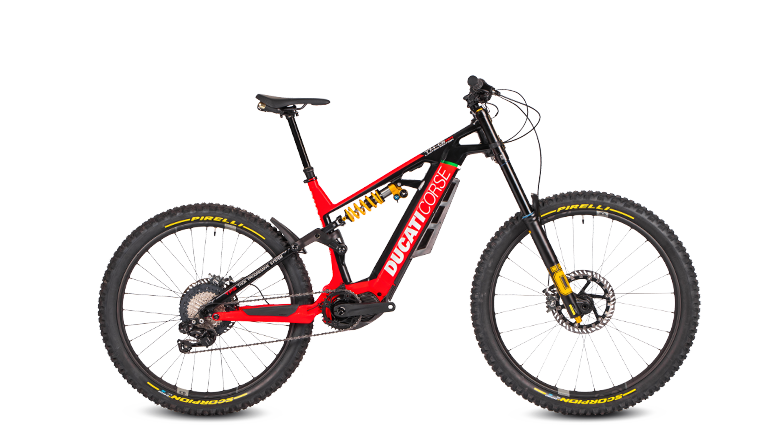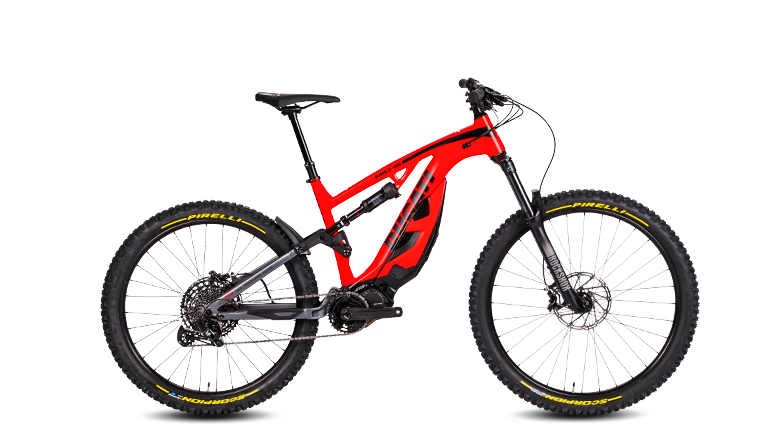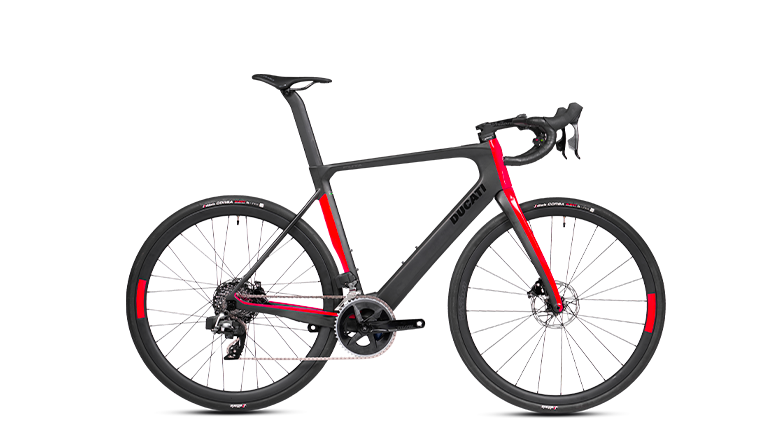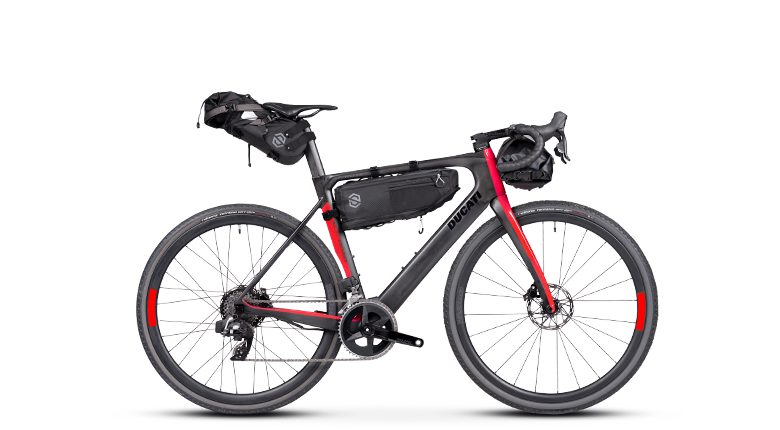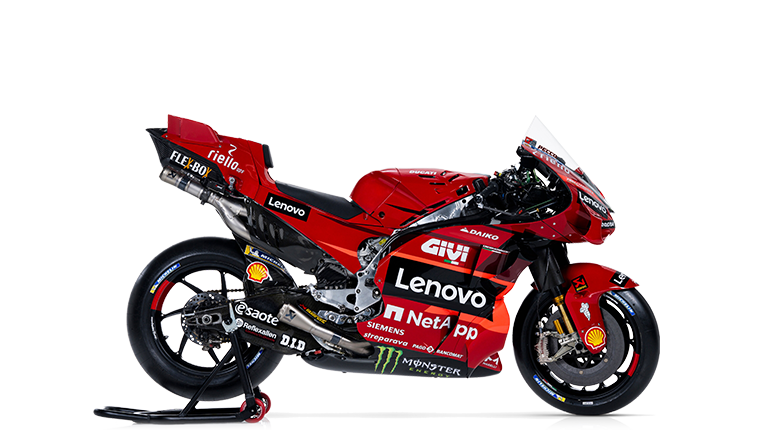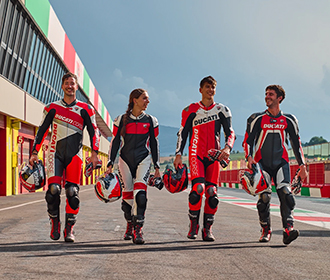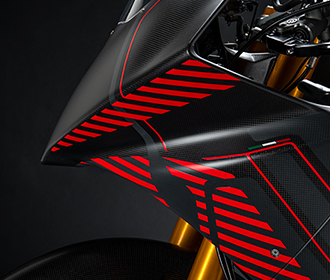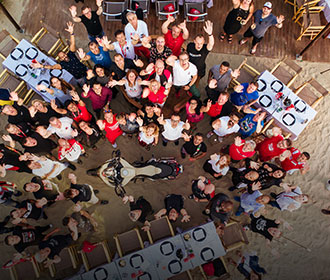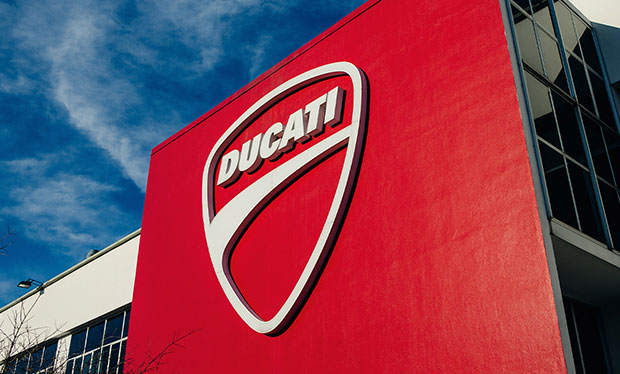- Models
- Configurator
- Shop
- News
- Racing
- DWP 2026
-
Models
-
DesertX
![]()
-
Diavel
![]()
-
XDiavel
![]()
- V4
XDiavel -
Hypermotard
![]()
- OVERVIEW
- 698 Mono
- 698 Mono RVE
- new V2
- new V2 SP
Hypermotard -
Monster
![]()
- new Monster
- new Monster +
Monster -
Streetfighter
![]()
-
Multistrada
![]()
- OVERVIEW
- V2
- V2 S
- V4
- V4 S
- new V4 Rally
- V4 Pikes Peak
- new V4 RS
Multistrada -
Panigale
![]()
-
![]()
-
35 kW Bikes
![]()
-
Off-Road
![]()
-
E-BIKE
![]()
-
Ducati Speciale
![]()
- Ducati Speciale
- Limited Series
- Racing Replica
- Racing Real
- Ducati Unica
Ducati Speciale
-
- Equipment
- Shop
- DWP 2026

Bikes
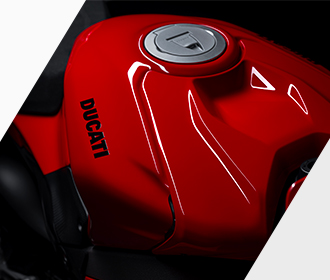
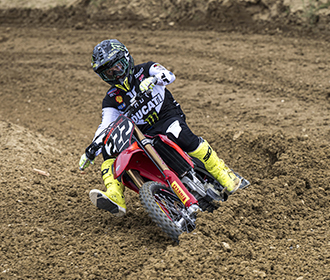
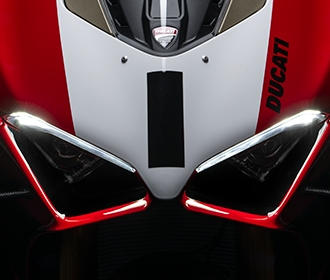
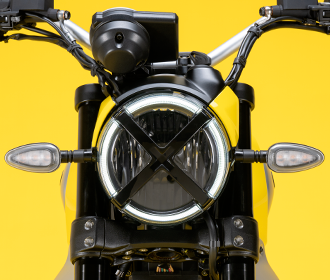
XDiavel
Monster
Hypermotard
Panigale
Off-Road
E-BIKE
Ducati Speciale

Ducati Range
A complete range designed to meet every need.

Press Reviews & Awards
A technical, independent and authorial point of view: for those who ride to tell the story and for those who seek inspiration before choosing it.

BROCHURE
Discover all the details of your favourite Ducati bikes and download the brochure!

Scrambler configurator
Configure your Scrambler now!
Equipment
Accessories
Ducati World
Ducati Riding Experience
Ducati Stories
News
Racing
MotoE
Corporate
Innovation
Design
Borgo Panigale Experience
Fondazione Ducati
The Ducati Network
Corporate Social Responsibility
Partners
- Ducati World
- Equipment
- App
- Corporate
- Service
- Ducati Club
- Dealer Locator
 International website
Change
International website
Change
Models

DesertX
New
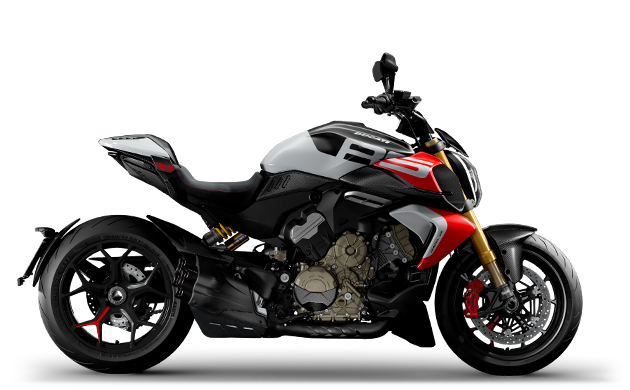
Diavel
New
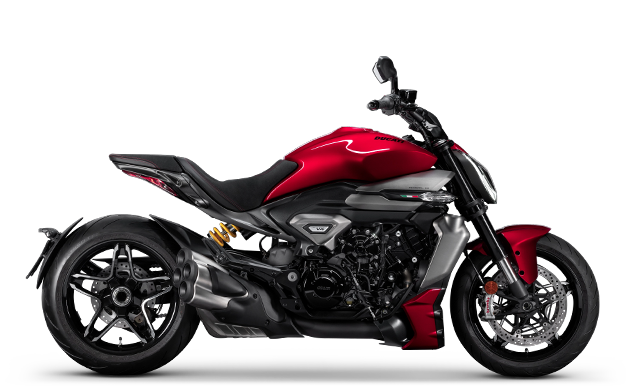
XDiavel
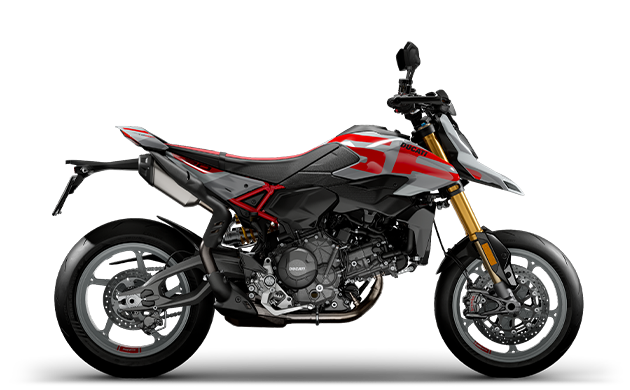
Hypermotard
New
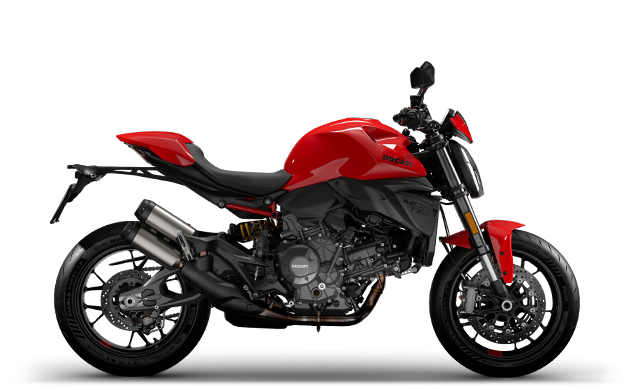
Monster
New
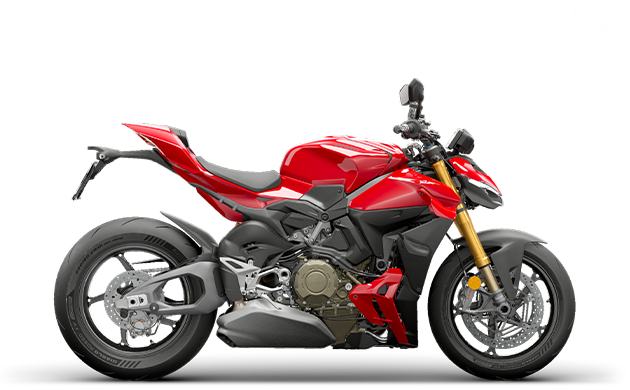
Streetfighter
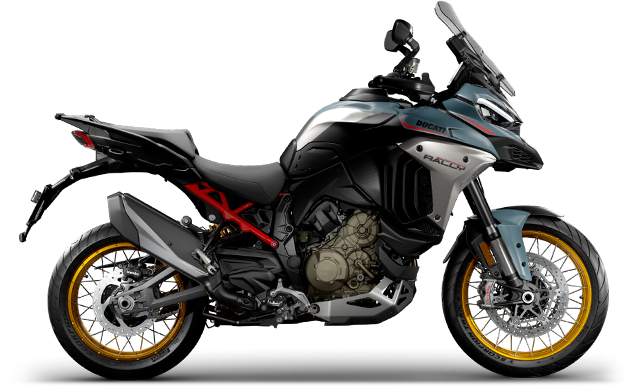
Multistrada
New
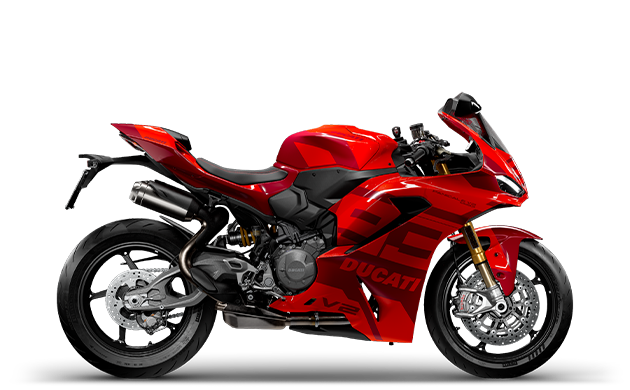
Panigale
New
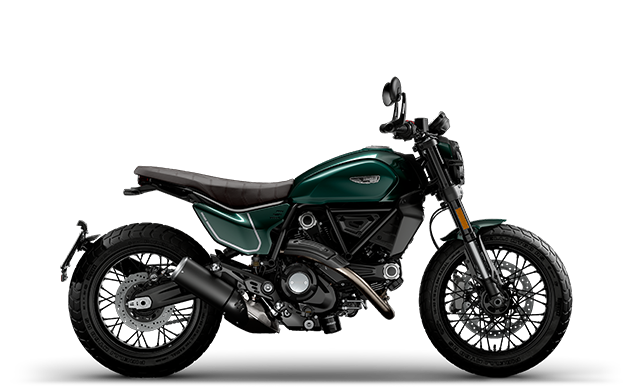
SCRAMBLER
New

35 kW Bikes

Off-Road
New

E-BIKE
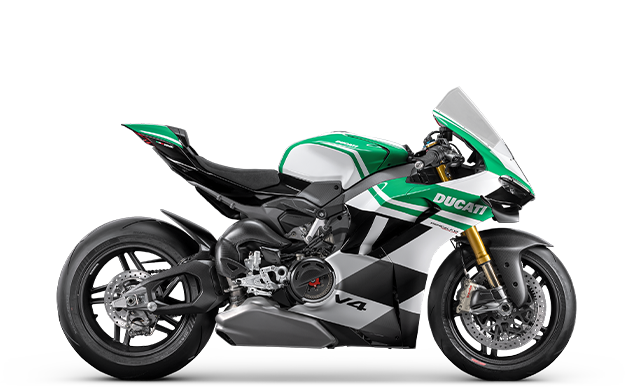
Ducati Speciale
Racing
Ducati World
- Ducati Riding Experience
- Ducati Stories
- News

Events Calendar
Discover about events and rallies organized by Ducati and the Ducati Official Clubs.
Discover more
Equipment
- Accessories
- Apparel
- Collab
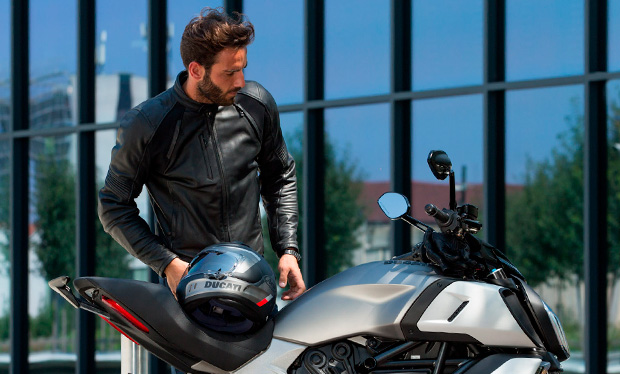
Ducati Online Shop
The online shop has a whole new look. Our style is the same as always. Buy now!
Click and discover!
Corporate
- Who We Are
- Innovation
- Design
- Borgo Panigale Experience
- Fondazione Ducati
- The Ducati Network
- Corporate Social Responsibility
- Partners
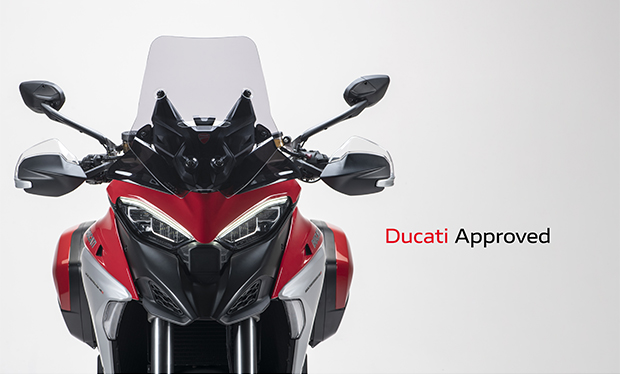
Ducati Approved
When you choose a Ducati Approved bike, you can be sure that Ducati is always by your side.
Discover more
Service
Ducati Club
The Anatomy of Speed
The temporary exhibition “Anatomy of Speed” shows how Ducati successfully exploited its scientific knowledge and turned it into a competitive advantage.
Aerodynamics applied to racing bikes is a fairly new science: aerodynamic appendices or extended fairings have always been present on motorcycles, but only at a prototype level. Rarely have we seen wing appendices applied in the final configurations of racing or production motorcycles.
One of the reasons why aerodynamics has recently become one of the sciences studied by the world of motorcycle racing is the shape of the vehicle: it is in fact a stocky body that radically changes its track alignment in the various stages of riding, supported at the same time by the rider who affects its position in a much more significant way than on any other land vehicle. These factors therefore complicate the understanding of the overall aerodynamic effect.
In its ongoing search for technological innovation, Ducati paved the way for the study of aerodynamics as a rigorous application of the scientific method, taking it to a higher level. In a world where technological innovation counts in every millisecond, Ducati is a leader in the development of the most advanced aerodynamic solutions for high performance motorcycles.
The temporary exhibition focuses on the role of aerodynamics, a fundamental element of the MotoGP world, a technological ingredient that rewrites the notion of Performance.
Having a vehicle that is “aerodynamically efficient” can mean many things: every aspect of the interaction between fluid, in this case air, and vehicle is taken care of to obtain the desired effect. For example, the design of a fairing that allows the reduction of the drag coefficient can increase the maximum speed: this effect is, for example, more evident on the lap time, the greater the number and length of straights of a circuit.
Thanks to the design of technically advanced methods, today Ducati represents a reference point in terms of aerodynamics applied to high-performance motorcycles.

The fundamentals of aerodynamics
Aerodynamics studies the interaction between a fluid, in this case the air, and the surface of an object that moves through it. Typical fields of application are aeronautics and, more recently, the automotive sector, where the aerodynamic performance of a wing profile is to be determined for both industries.
The aerodynamic force consists of two components: the drag (or resistance), defined as the aerodynamic force acting in the parallel (and opposite) direction to the motion direction and the lift acting in the perpendicular direction and positive upwards, which in aeronautics allows the aircraft to take off.
A motorcycle, as a stocky body, naturally tends to generate a lot of aerodynamic resistance, with a resulting vertical load that depends on the external shape, including the rider, and that tends to decrease the weight on the front wheel to a greater extent than the increase in weight on the rear wheel. In this case the force generated by the introduction of a wing appendix contributes to the increase of the vertical load on the wheels and the more it is positioned upstream, the greater its contribution on the front wheel.
Aerodynamic development phases
The first step in a structured approach to the aerodynamic development of a motorcycle is creative design. Taking advantage of the experiences developed in the past, the first drafts of ideas aimed at the precise required performance target are prepared. Starting from the mathematical models of the vehicle, the aerodynamic surfaces of the reference configuration are created. The procedure involves scanning the rider on the bike, taking into account every single detail: from his ergonomic position to every wrinkle of the suit. Computational fluid dynamics (CFD) is used to simulate the movement of the volume of air that surrounds the motorcycle and the rider with the aim of representing the pressure and speed ranges according to the surrounding conditions. If the CFD results of the introduced concept, expressed as aerodynamic coefficients of the acting forces, are promising compared to the reference configuration, the concept is evaluated and improved in the wind tunnel. Here a full-scale physical model of the motorcycle and rider is tested at a set speed, taking advantage of the wind produced by a fan. The system for measuring forces within the model allows the aerodynamic performance of the configuration under consideration to be estimated as its longitudinal trim changes. The configuration optimised in the wind tunnel is therefore better than the initial configuration and becomes the new reference for the design of the various components that are mounted on the motorcycle and tested on the track.
Ducati Desmosedici: The evolution of wings
- 2015: On the occasion of the first MotoGP race in Qatar aerodynamic appendices are introduced on the fairings, which will have several evolutions until the conclusion of the Championship with the simultaneous use of upper and lower wings.
- 2016: The development of the aerodynamic appendices in Ducati Corse is at its peak: the general biplane configuration does not change and allows focusing on the study of the shape details. During the season, the use of the configuration with the upper wing only alternates with the biplane configuration depending on the tracks.
- 2017: The MotoGP Technical Regulations have been modified and the development of the aerodynamic appendices has been limited: the fairing surface can no longer have wings, but “side-pods”, i.e. closed shapes in front view and there are only two fairing type approvals per season.
- 2018: Aerodynamics is further restricted in MotoGP: the lower half of the fairing can only allow narrower appendices than the upper part, while each appendix in the headlight fairing must have an “arrow” shape or must be positioned backward. The first approved Ducati fairing consists of a triplane: the “side-pods” have similar shapes, each with a lower profile and an upper one that work together.
Application of Ducati Corse studies to production bikes
Aerodynamics is a science that can easily be transferred from racing bikes to production bikes: the knowledge that Ducati has gained in recent years in the development of aerodynamics has allowed the Borgo Panigale company to build extremely fast production bikes, for example the Panigale V4R, synonymous with speed combined with very high performance. Other concepts related to aerodynamic development and fundamental for every rider, on which Ducati has deepened its studies improving its performance, are the thermal comfort and riding stability. Both can be applied to any motorcycle, improving significantly the production bikes for which DMH is famous all over the world.
Historical notes
Initially race bikes did not need fairings because the races of the time did not require special aerodynamic appendices, given the variety of roads to be covered.
These aerodynamic solutions were adopted between the 30s and 50s, but only for the speed records, which were one of the best “advertising means” for motorcycle manufacturers. Around 1952, fairings of different shapes began to be used on racing motorcycles as well.
1956 was the year of the debut of the fairings on the Borgo Panigale motorcycles: the 125 Grand Prix Desmo of that year was the first Ducati to develop a so called “bell-shaped” fairing, with an enveloping shape, normally used on racing motorcycles of the time. This type of fairing, and its aerodynamics, made the bike faster, but extremely dangerous in case of a fall, because it prevented the rider from being able to release himself from the vehicle. The Ducati Siluro, same age as the 125 Desmo, is the second example of Ducati's “aerodynamic” bike, which won 46 speed records in six hours, setting new records at an average of 160 km/h, without ever encountering problems of mechanical reliability.
In 1994 Ducati introduced the 916, the first supersport bike produced in Borgo Panigale that is the most similar, in terms of inspiration, to the powerful Japanese racing bikes in the 500 class; the transition from the 888 to the 916 can be considered a real revolution under all aspects.
With Ducati's debut in MotoGP, the evolution of racing bikes from the Bologna-based company had a strong acceleration, to the point that in just four years since 2003, the year of its debut, Ducati won the title in 2007 with Casey Stoner. Subsequently, the bike designed by Filippo Preziosi featured several changes including the adoption of a carbon frame, and, in 2010, a pair of fins positioned on the fairing sides. This solution, which will also be adopted in competitions, will be abandoned during the 2011 and 2012 two-year period.
*The temporary exhibition “Anatomy of Speed” will be present at the Trento ‘Festival dello Sport’ from October 10th to 13th .
 DesertX
DesertX Diavel
Diavel XDiavel
XDiavel
 Hypermotard
Hypermotard Monster
Monster Streetfighter
Streetfighter
 Multistrada
Multistrada Panigale
Panigale
 35 kW Bikes
35 kW Bikes
 Off-Road
Off-Road E-BIKE
E-BIKE
 Ducati Speciale
Ducati Speciale


